early nineteenth century gardens
Saypoint zone 6 CT
20 years ago
Related Stories
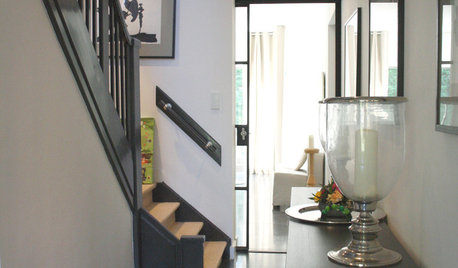
HOUZZ TOURSMy Houzz: Early 20th Century Meets Contemporary
Modern and ethnic touches blend effortlessly in this renovation of a 1920s home in The Hague
Full Story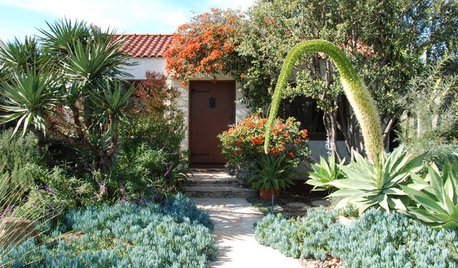
MY HOUZZMy Houzz: Early-California Style for a 1920s Home and Garden
Native plantings and flea market treasures fill the cozy live-work space of a Southern California landscape designer
Full Story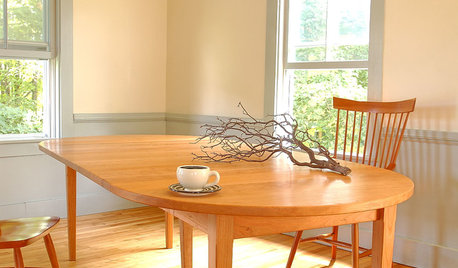
DECORATING GUIDESStrange but True Parallels Between Early Western and Old Japanese Style
Part 1 of our 'wabi-sabi' series: in which Shaker and Arts and Crafts designs reveal simplicity, modesty and integrity
Full Story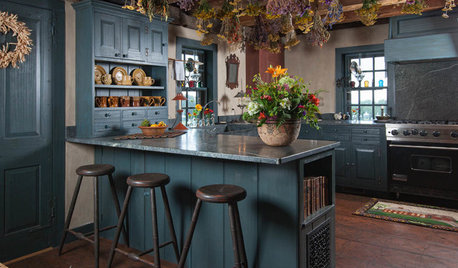
HOUZZ TV FAVORITESHouzz TV: See How Early Settlers Lived in This Restored Pilgrim House
Passionate restoration and preservation efforts give a 1665 home an honored place in the present
Full Story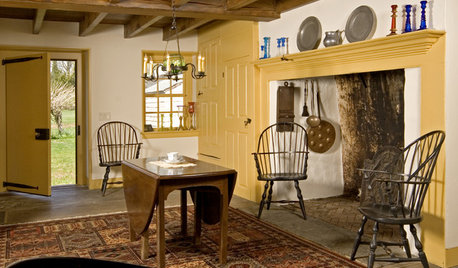
TRADITIONAL ARCHITECTURESo Your Style Is: Early American
The people we know as Pilgrims set the style stage back in 1620
Full Story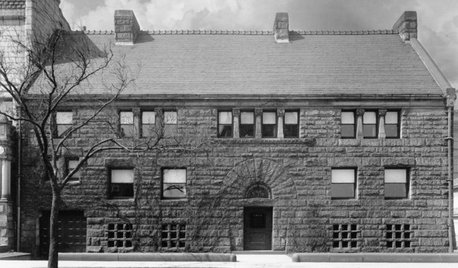
HISTORIC HOMES19th-Century Gem: The Glessner House Bucks Tradition
Shunning Victorian frills, this 17,000-square foot home celebrates stone, wood and idiosyncrasy
Full Story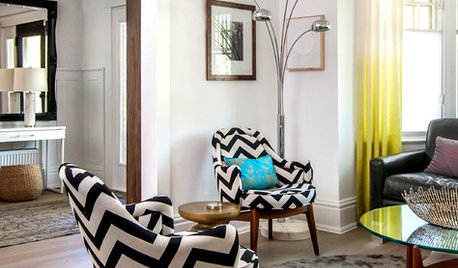
HOUZZ TOURSHouzz Tour: Mixing It Up in a Century-Old Edwardian
Different eras, patterns and textures mingle beautifully in a Canadian interior designer's home and 'design lab'
Full Story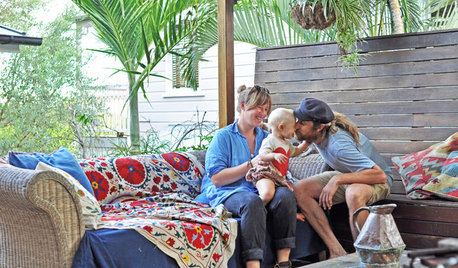
MY HOUZZMy Houzz: Family Is Close at Hand in a 19th-Century Brisbane Cottage
An Australia couple’s updated home in the city’s leafy hills pays homage to residents past and present
Full Story
LANDSCAPE DESIGNMondrian Lives On in Modern Garden Design
See how the grids and colors of the 20th-century artist are giving landscapes a distinctly 21st-century look
Full Story
KITCHEN DESIGNKitchen of the Week: An Open and Light-Filled Transformation
An early 20th-century Oregon home gets a sidewalk-cafe style remodel
Full Story





mjsee
The_Mohave__Kid
Related Professionals
Walnut Landscape Architects & Landscape Designers · Athens Landscape Contractors · Paramount Landscape Contractors · South Farmingdale Landscape Contractors · Wallingford Landscape Contractors · Downers Grove Siding & Exteriors · Massapequa Siding & Exteriors · Puyallup Siding & Exteriors · Chatsworth General Contractors · Coronado General Contractors · Flint General Contractors · Goldenrod General Contractors · Lake Forest Park General Contractors · Marysville General Contractors · Post Falls General Contractorsginger_nh
nandina
mjsee
ginger_nh
AshaK
John_D
Hickory2077zone5
miss_rumphius_rules
Saypoint zone 6 CTOriginal Author
Redthistle
PucPuggyII
Ferry_Tavern